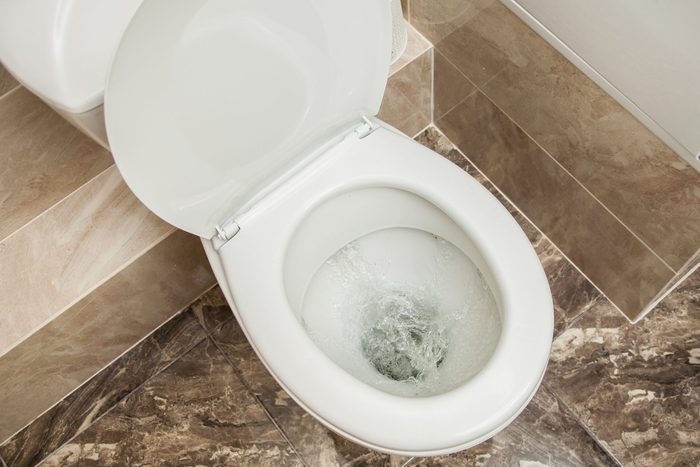In today's world, the importance of conserving water cannot be overstated. With the rising global population and the increasing demand for fresh water, it is crucial to adopt methods that help in conserving this precious resource. One such innovative approach is the use of water-saving toilets. But how do these toilets impact the planet? Let's delve into this topic and explore the benefits and implications of utilizing water-saving toilets.

Understanding Water-Saving Toilets
Water-saving toilets, often referred to as low-flow or high-efficiency toilets, are designed to use significantly less water than traditional toilets. While older models can use up to 6 gallons per flush, modern water-saving toilets use as little as 1.28 gallons. By implementing these efficient technologies, these toilets aim to reduce water usage without compromising on performance.
For those in the industry, understanding the mechanics behind these toilets is crucial. They often operate using either pressure-assisted mechanisms or gravity-fed designs, ensuring that they maintain effective flushing while conserving water.
The Environmental Impact
The impact of water-saving toilets on the environment is profound. By reducing water consumption, these toilets contribute to the conservation of natural water bodies and decrease the energy required for water treatment processes. This, in turn, leads to a reduction in greenhouse gases associated with water treatment and distribution.
Moreover, with water scarcity becoming a pressing global issue, adopting water-saving technologies can alleviate the pressure on freshwater resources. By integrating these toilets into homes and businesses, we can make a significant dent in the global water crisis.
Economic Benefits
Aside from the environmental advantages, water-saving toilets also offer substantial economic benefits. By using less water, households and businesses can see a marked decrease in their water bills. Additionally, in areas where water is metered, the savings can be even more significant.
Dual flush toilets, a type of water-saving toilet, provide users with the option to choose between a full or half flush, enhancing water efficiency and further driving down costs. For more on the economic advantages, visit our article on the benefits of water-efficient toilets.
Technological Innovations
Recent years have seen significant advancements in toilet technology. Innovations in dual-flush toilets have made it easier for consumers to conserve water without sacrificing performance. Features like touchless flushing, smart sensors, and improved bowl designs all contribute to a more efficient bathroom experience.
Moreover, manufacturers are continuously researching and developing new materials and technologies that further enhance the efficiency of these toilets. For those interested in the technical aspects, our guide on what is a dual-flush toilet provides detailed insights.
Challenges and Considerations
Despite the numerous benefits, there are challenges associated with the adoption of water-saving toilets. Installation can be more complex compared to traditional toilets, and in some cases, initial costs might be higher. However, these costs are often offset by the long-term savings on water bills.
Additionally, there is a need for increased awareness and education on the benefits of these toilets to encourage widespread adoption. For a comprehensive overview of how to choose and install a water-saving toilet, you can visit this installation guide.
Conclusion
The impact of water-saving toilets on the planet is both significant and positive. By reducing water consumption, they play a crucial role in conserving natural resources, reducing energy consumption, and lowering utility costs. As technology continues to advance, these toilets are becoming an integral part of sustainable living and offer a practical solution to global water scarcity.
For those in the industry, embracing these innovations not only aligns with environmental responsibility but also provides economic benefits. To learn more about the advantages of adopting water-efficient solutions, check out this resource.

FAQs
How much water can a family save by using water-saving toilets?
On average, a family can save up to 13,000 gallons of water annually by switching to water-saving toilets, resulting in significant reductions in water bills.
Are water-saving toilets as effective as traditional toilets?
Yes, modern water-saving toilets are designed to be just as effective, if not more so, than traditional toilets. They utilize advanced technologies to ensure efficient and powerful flushing while using less water.
What is the lifespan of a water-saving toilet?
With proper maintenance, water-saving toilets can last 20-30 years, similar to traditional toilets. Regular maintenance and cleaning will ensure their optimal performance over time.






